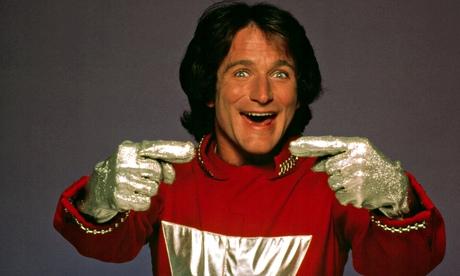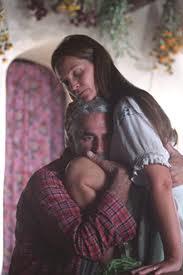There is an ongoing international conversation about Suicide and Depression sparked by the death this week of beloved comedian Robin Willams. Mental Health professionals and those who have suffered from severe depression or been touched by the suicide of a friend or family member welcome this openness about a topic that is often considered taboo. Certainly the phenomenon of airing feelings of grief and bewilderment on social media, which instantly can reach a worldwide audience, is changing the scope of our awareness in the aftermath of this high profile suicide. The fact that Robin William’s legacy is forever marked by laughter and fun, as evidenced by the clips of his remarkable comedic genius, makes his manner of death especially poignant.
Self-harm in the form of suicide is on the rise in William’s age group, the Baby Boomer generation (which is mine as well- Williams and I were born just weeks apart in the same year). My reflections and attempts to understand his choice to end his own life are informed by my own struggles with aging, melancholy, and disability from Multiple Sclerosis. Then there is the professional in me who is focused on helping to prevent self-harm which begins with identifying who is at risk. I served on a Suicide Prevention Task Force (State of Connecticut), am trained in intervention with at risk persons, and have worked closely (in my role as a Chaplain) with depressed and suicidal individuals. We each view this subject through our own unique lens, informed by life experience, temperament, genetic predisposition, spiritual background, and many other factors.
I don’t claim to understand clinical depression, being blessed not to have suffered from it myself. What I do understand is that it is an illness and that suicide is a serious public health problem.There are scores of people working tirelessly to research suicide with the aim of helping at risk people with timely intervention. Under Healing Links above (sub-category Suicide) I have provided a link to an article about one of the most innovative researchers in the field, Dr. Matthew Nock of Harvard. This NY Times article, with interviews with survivors of suicide attempts, sheds light on the topic in a way that I’m not equipped to do. I’ve also added a reference under Resources to a film (Off The Map) that depicts clinical depression, and a father who finds his way beyond it, in a startling and moving portrait.
This is a topic so complex and multi-layered that I will need to write about it again. At that time I will explore an area in which I can speak from experience and that relates to the legacy of complicated grief that the death of a loved one by their own hand leaves to survivors. This is in no way a judgement of the suicidal individual. When someone has well and truly lost the reverence for their own life none of us can judge that state of mind. Dr. Nock eloquently refers to it as a “dark alley of the soul”.
Many of us are inspired to live somehow differently in response to the death by suicide of someone as beloved as Robin Williams, or the death of a friend or family member. It is an opportunity for self-reflection and for reaching out to others in a focused way. In other words, paying attention. If nothing else, we can always, always, be kinder both to ourselves and to all we encounter in our daily lives.




